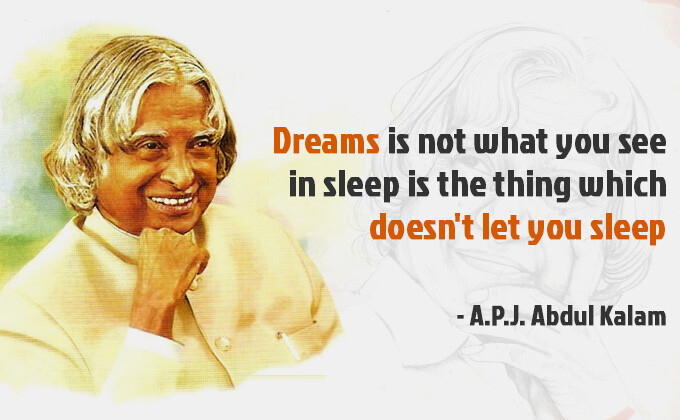Who is A. P. J. Abdul Kalam?
A. P. J. Abdul Kalam thus came to be known as the Missile Man of India for his work on the development of ballistic missile and launch vehicle technology. He also played a pivotal organisational, technical, and political role in India’s Pokhran-II nuclear tests in 1998, the first since the original nuclear test by India in 1974.
[spacer height=”20px”]

A. P. J. Abdul Kalam Early life and education

In his school years, A. P. J. Abdul Kalam had average grades but was described as a bright and hardworking student who had a strong desire to learn. He spent hours on his studies, especially mathematics.
[spacer height=”20px”]
A. P. J. Abdul Kalam Personal life
Kalam was the youngest of five siblings, the eldest of whom was a sister, Asim Zohra (d. 1997), followed by three elder brothers: Mohammed Muthu Meera Lebbai Maraikayar (born 4 November 1916), Mustafa Kalam (d. 1999) and Kasim Mohammed (d. 1995).

A. P. J. Abdul Kalam Career as a scientist
Post-presidency
Death

Fact Check
We strive for accuracy and fairness. If you see something that doesn’t look right, contact us!
Thanks for reading and remember to share this post on social media & stand a chance to win $10,000

